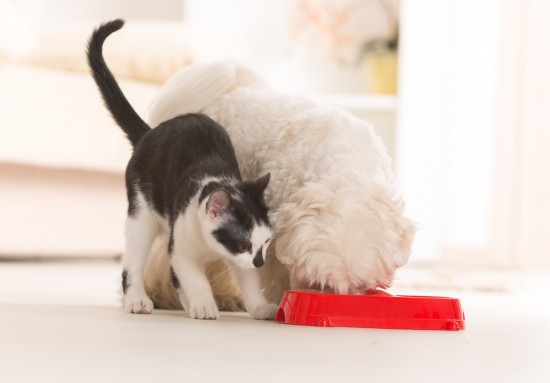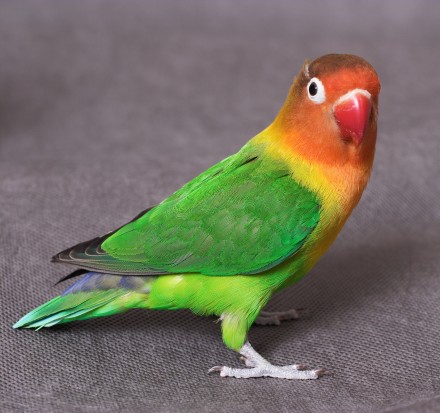There are a lot of people that will tell you that hermit crab breeding cannot be done in captivity. However, the true answer is that it is possible and can be achieved although it is very tricky. This then begs the question 搘hy is it so hard to breed hermit crabs??Well in order to answer this you have to look at how the hermits breed in the wild.
It is important to note that of all the species of these little creatures on the planet (well over 500) only 15 or so of these are land based, or live on land permanently. Out of these 15 species, all of them have their offspring in the sea. You see, what the land based crabs do is to lay their eggs on the shoreline and the motion of the waves carry the many thousands of eggs into the sea. The young then hatch in the water and make their way on to dry land. When the very tiny crabby critters reach dry land their first task is to find a suitable shell to make their home in. As you can see this causes a potential problem for breeding these crabby critters right away. How can you re-create the ocean in a mock set up?
Well first of all you will need a fairly large tank. One half needs to be sand in order to re-create the shoreline effect and a salt water tank needs to be placed in the other half. If no natural salt water, you can make this up by putting one teaspoon of salt to every cup of water. The temperature needs to be maintained at around 72oF and you will need to purchase a pump which will simulate waves in the water. These can be bought from a good pet stockist for a few bucks. Try to create a walkway or ramp that naturally leads from the sandy area into the salt water tank as this will mimic the shoreline down to the water's edge
So now you have set the scene for successful mating for these little crawly critters what other problems can you expect? Well these little guys are pretty fussy critters and will not lay eggs until everything is just perfect, so you may well have to give her a helping hand. Firstly monitor the expectant mother and check the color of the stored eggs. When they turn a dark grey they are ready to be hatched. In order to do this dip the shell of the mother to be in the salt water, but try to avoid getting her under body wet. Next twist the shell to dislodge the eggs into the salt water. The next thing to do is to wait and observe. What you are looking for is tiny zoea. They should hatch pretty quickly after hitting the water but can take up to a few hours.
Once they are hatched, immediately begin feeding the young powdered brine shrimp. Also it is recommended to add thawed plankton to the tank to aid nutrition. Once they are around the fourteen days old point you will need to select tiny conical shells for the young crawly critters and place them the other side of your ramp area. After this point the crabs should begin to come ashore to select their relevant shells. This is critical because they need to find the right shell in order to survive!
When the danger stage is over and the young are around 40 days old, they can be placed in the tank along with all the other crabby critters and should now lead a normal life in captivity.
As you can see hermit crab breeding can be a tricky process that is fraught with danger and is quite tricky to pull off. However, it is definitely possible that if you follow these procedures then you could be rearing your own crabby critter colony before long.

 How To Cope When Your Cat Is Stressed Out By A New Dog In The Home
How To Cope When
How To Cope When Your Cat Is Stressed Out By A New Dog In The Home
How To Cope When
 The All-important Temperament In Dogs
The All-important
The All-important Temperament In Dogs
The All-important
 Dogs That Eat Cat Food - Is This Really A Problem?
Dogs That Eat Cat
Dogs That Eat Cat Food - Is This Really A Problem?
Dogs That Eat Cat
 Common Lovebird Illnesses
Common Lovebird I
Common Lovebird Illnesses
Common Lovebird I
 Keeping Pets Safe Around Electrical Cords
Keeping Pets Safe
Keeping Pets Safe Around Electrical Cords
Keeping Pets Safe